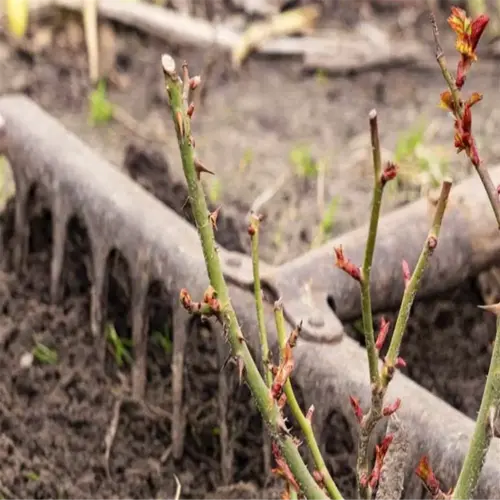How do I fertilize banana plants effectively?

Written by
Julia Anderson
Reviewed by
Prof. Martin Thorne, Ph.D.Fertilizing bananas has been a great lesson in patience for me. In my early years of growing, I overfed my plants, burning their roots with synthetic fertilizer such as a synthetic 20-20-20 in poor soil - a rookie mistake! Today, I tend to alternate between compost tea and slow-release granules. Bananas need potassium the most but low nitrogen and magnesium often sneak up on you. Soil tests are the best way to know for sure!
Organic Options
- Banana peel tea: Boil 3 peels per gallon, steep overnight
- Wood ash (0-0-5): 1 cup per plant monthly
- Composted manure: 2-inch layer every 8 weeks
- Fish emulsion (5-1-1): Dilute 50% for container plants
Synthetic Blends
- 8-10-8 NPK: 3 tbsp per foot of height
- Controlled-release pellets: Apply every 90 days
- Foliar sprays: 1/4 strength for quick magnesium fixes
- Stop feeding when temps drop below 60°F (15°C)
Magnesium deficits can strike without warning. The yellow stripes of my Red Banana disappeared immediately after I had foliar-sprayed it with Epsom salt every week for two weeks. Make a solution with 2 tablespoons per gallon, and spray heavily in the early morning when the stomata are open. Soil drenches can work slower but they last longer. I now pre-treat my soil with magnesium sulfate in spring.
Deficiency Solutions
- Yellow leaves: Add chelated iron + sulfur
- Purple stems: Boost phosphorus with bone meal
- Split peels: Increase calcium via gypsum
- Slow fruiting: Side-dress with potassium sulfate
Urban gardeners frequently ignore microbial helpers. In my Miami garden, I applied mycorrhizal fungi to a plantation hole and doubled my nutrient uptake. Mycorrhizal fungi are commonly paired with worm castings, and the worm castings are a substrate for beneficial bacteria that help unlock mineral nutrients that are otherwise trapped. I have a neighbor who applied this bio-active method of gardening, and he tripled his harvest.
Read the full article: How to Grow Bananas: Expert Tips for Bountiful Harvests

